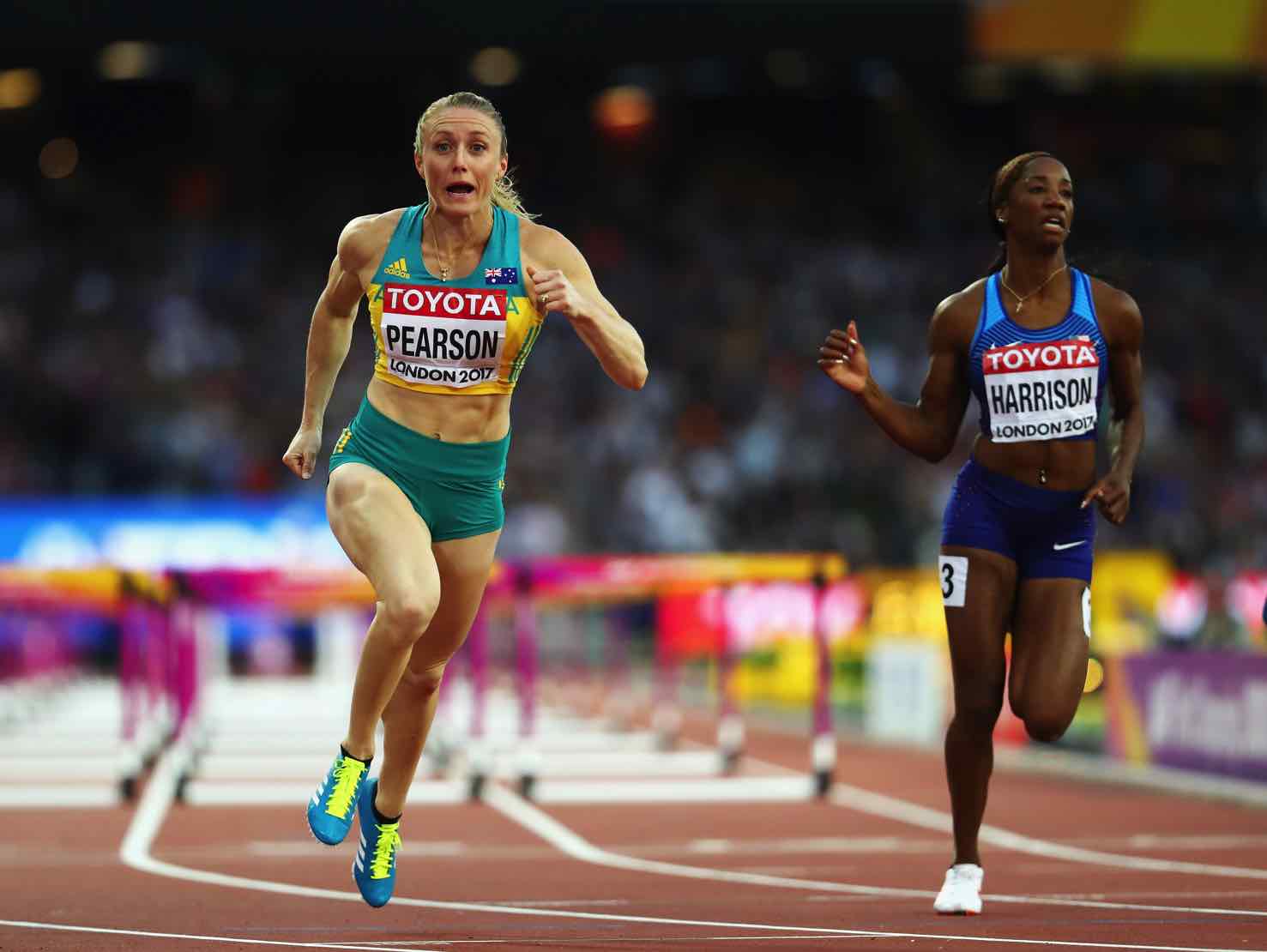A column by Len Johnson – Runner’s Tribe
The IAAF has announced a partnership to create an official world rankings system as a qualification mechanism to drive the sport’s annual competition system.
A short press release from IAAF HQ indicated a memorandum of understanding had been signed with Elite Ltd (the company behind All Athletics) covering “the build, management and maintenance of an official IAAF results and statistics database and the development of an official IAAF World Rankings system that will lead to qualification into the premier competitions of the sport.”
The rankings will dovetail with the “root and branch review” of the global competition calendar which has been going on for some time (in case you’d missed it) and will continue into 2018, when the rankings will also come into operation. The rankings will determine entry into the 2019 world championships and Tokyo 2020 Olympic Games.
IAAF president Sebastian Coe says the rankings will “drive and shape the global competition system”.
“For the first time in the sport’s history, athletes, media and fans will have a clear understanding of the hierarchy of competitions from national through to area and up to global events, allowing them to follow a logical season-long path to the pinnacle of athletics’ top two competitions.”

Details will be finalised in the first quarter of 2018, the release said. Not before time, either; at the moment it is all change: destination unknown.
Hopefully, more consultation than we know about has been going on behind the scenes. Coe has certainly flagged his change agenda at every opportunity since taking over the presidency at the Beijing world championships two years ago. Many agree that significant changes are not only necessary, but also overdue.
The devil of the proposed new rankings/qualifications system, however, will be in the detail. We haven’t seen that yet, which leaves myriad questions and no answers. Depending on those answers, the proposed new system could lead to profound change in the way athletes qualify for Olympics and world championships and leave those with limited access to the IAAF Diamond League, and a handful of other top meetings, at a distinct disadvantage.
One cause for optimism is the impact of the most recent change to qualifying. That was when the IAAF abolished the old A and B-standards and instead nominated a ‘target’ figure of competitors in each event.
A single standard was set with the expectation that fewer than the target number would attain it, the remaining places being filled by a ‘roll-down’ process of inviting the next athletes in order.
It seemed a dramatic change, but the reality proved not too different from the previous system.
Will the rankings be run along similar lines? At the moment, it is not known how the new system might run, but I share the concerns aired by British commentator Peter Matthews. Writing in the Athletics International newsletter he publishes with fellow-statistician and athletics expert Mel Watman, Matthews says that a rankings system was produced for the IAAF by Elite from 2001 to 2006 and has been continued on All Athletics site since.
Matthews worries that such systems do not fit athletics as easily as they do other global sports such as golf, tennis and motor racing “where the world top contestants compete regularly against one another throughout the year.”
Athletes around the world, by contrast, have varied competition programs and compete with varying regularity. They also, he notes, have vastly different access to top competitions. Few Australian or New Zealand athletes, for example, have regular access to the Diamond League meetings. If they carry extra weighting in the rankings, that will be a significant disadvantage.
There are many other imponderables. The US Olympic and world championship trials are cut-throat affairs in most events. First three are in; the rest miss out. The trials are also high-profile competitions for US athletes. What if the top three in the trials are out-ranked by one, two or three others who finished behind them. Who gets the three spots then.
National federations typically regard national championships and/or trials as the top priority in the selection process. What happens when the winners are out-ranked by some of the losers. Will the IAAF allow national federations to pick their national champions even if they rank lower than others.
And will the three per nation limit apply. Some track and field fans dream of a future in which the top athletes in every event compete regardless of nationality; others love the greater spread of internationalism guaranteed under the current limit.
Moving up to area level, not all championships are created equal. It is a lot easier to win an event at the Oceania championships than at the European. And what about events that transcend areas – the Commonwealth Games, the Pan American Games or the Francophone Games. It is generally harder to win a Commonwealth than a European track title, but will the rankings reflect this.
Presumably, the IAAF competition department has already modelled some of these possibilities; presumably national competition departments are urgently embarked on the same mission.
As noted, the devil will be in the detail. Thus far, we have only the press release. But one final observation: if the new system changes everything, why are we going from public release to finality in the space of a few months. If it ultimately changes not very much at all, is it going to be a lot of pain – ok, angst, more likely – for very little gain.
Hopefully, it all becomes clearer soon. Very soon.
End
ABOUT THE AUTHOR
Len Johnson has been the Melbourne Age athletics writer for over 20 years, covering six Olympics, eleven world championships and six Commonwealth Games. He is also a former national-class distance runner. For over a decade Len has bee Runner’s Tribe’s lead columnist. Len also writes for IAAF. He has recently been named an Athletics Australia Lifetime Member. He is also the author of ‘The Landy Era’.

















???? would Peter Snell have made it to 1960 Olympics under this model